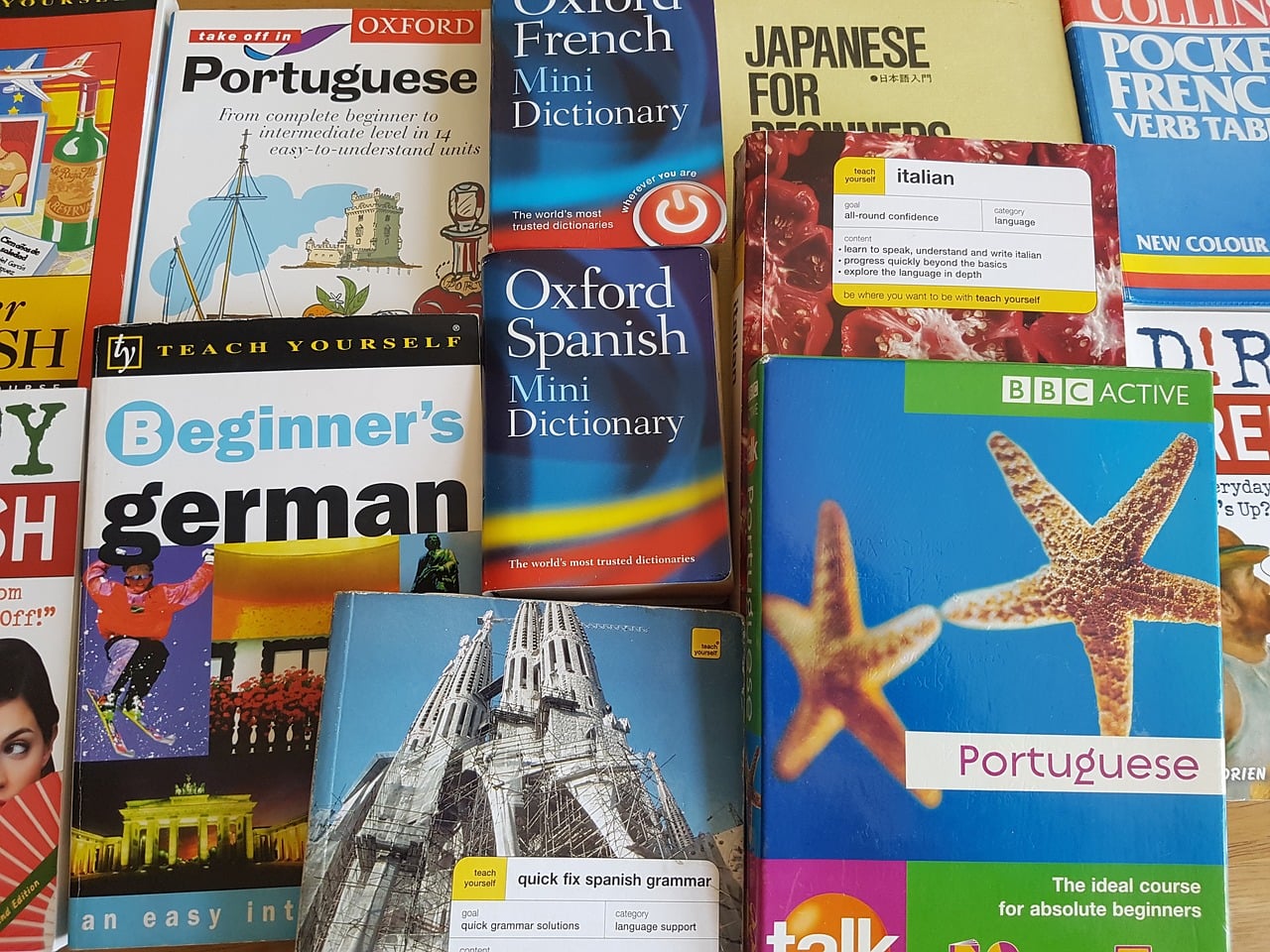Let’s be realistic. Most people in the US and UK can’t speak a second language. English tends to be their primary and only language for communication. However, it has become important to learn a second or third language in the age of globalization. According to various studies, learning a foreign language could help boost your wages by 5-15%. It could also lead to more and better job opportunities. Here we take a look at the top 10 easiest languages to learn for English speakers.
Top 10 easiest languages to learn for English speakers
English is linked to many other languages in one way or the other. What’s more, about 50% words in English originate from French or Latin, making it a bit easier for you to understand these languages. This list is based on the rankings by the US Department of State’s Foreign Service Institute (FSI). Without further ado, these are the top 10 easiest languages to learn:
10- Frisian
You have probably never heard of it. Frisian is the mother tongue of nearly half a million people in Friesland in the Netherlands. It originates from the same subfamily of West Germanic languages as English, making it close to English linguistically as well as phonetically. The two languages began growing apart in the 8th century. Given it’s an incredibly rare language, Frisian is not studied by many people as a second language.
9- Esperanto
Esperanto is not the official language of any country. It was invented by a group of global citizens who were also linguists. There are only about two million speakers of Esperanto in the world. It is one of the world’s top 10 easiest languages to learn because it was developed with learners in mind. It has easy rules and minimal grammar. If you don’t like learning grammar, this language could be for you. Leo Tolstoy claimed to have learned it in just four hours. Esperanto is officially recognized by the French Academy of Sciences and UNESCO.
8- Italian
The Italian alphabet is even simpler than English, with just 21 letters. It has its roots in the Latin language, meaning many of Italian words resemble their English counterparts. Italian phonemes such as -ghi, -ci, and -ace are quite easy to master for English speakers. What’s more, the rhythmic and musical tone of Italian makes it fun to speak. In terms of grammar, it follows the Romance structure with gendered nouns and similar word order.
7- Swedish
Swedish is a Germanic language that shares many cognates with English. Pronouncing Swedish words may be a bit difficult at first, but some of the words are common with English. The Subject-Verb-Object pattern is the standard word order in Swedish, making it easier for English speakers to pick up. It has four extra vowels compared to English. The popularity of Swedish brands like IKEA, Ericsson, H&M, and Spotify is giving it further exposure.
6- Portuguese
Portuguese is similar to other Romance languages, at least grammatically. It is spoken both in Portugal and Brazil. Just like Swedish, this language also benefits from the exposure, thanks to the popularity of Brazilian drinks, music, food, movies, and pop culture. Interrogatives in Portuguese are expressed by intonation alone rather than by rearranging phrases. English speakers can also pronounce Portuguese words fairly easily.
5- Norwegian
This North Germanic language resembles English a lot in terms of word order and syntax. Norwegian uses a tonal “pitch accent” to distinguish homonyms. Also, the Norwegian grammar is pretty straightforward and easy to learn. However, one major problem with Norwegian is that you won’t get a lot of opportunities to speak it. Most schools and universities in Norway use English as the primary language for teaching. Most people in the country are also fluent in English.
4- Dutch
Just like English, Dutch is a Germanic language. It’s spoken mainly in the Netherlands and Belgium. It’s structurally and syntactically similar to English. Dutch is more like a combination of English and German with some borrowed words from French. Pronouncing Dutch words should come naturally to English speakers because the pronunciation follows a similar model of syllable stress.
3- Spanish
English speakers find Spanish fairly easy to pronounce. It has only ten vowels compared to 20 in English. Words are written as they are pronounced, making it even easier to read and write in Spanish. It is one of the most favorite second languages for English speakers because of its wide reach and practicality. Spanish is the second most widely spoken language in the world, with nearly 400 million speakers.
2- French
There are about 10,000 words in English vocabulary derived from French. Though it’s not as easy as Spanish to learn, its lexical commonality with English gives it a clear edge. French is spoken in France, Canada, Belgium, Madagascar, and a few other countries. French has gendered nouns and more verb forms than English. Also, French pronunciation is sometimes tricky but it’s easy to replicate.
1- Afrikaans
Afrikaans and English both belong to the West Germanic language family. It is incredibly easy to learn for English speakers. Phonetics and pronunciation sound similar, but Afrikaans has a much simpler structure than English. There is no conjugation of verbs (write, wrote, written) and no gender. Once you have memorized some vocabulary, you can build sentences as you go. People who hate grammar will find it pretty easy to learn.
According to the FSI, these are the top 10 easiest languages to learn for English speakers. It’s up to you to decide which one will prove most useful to you.





